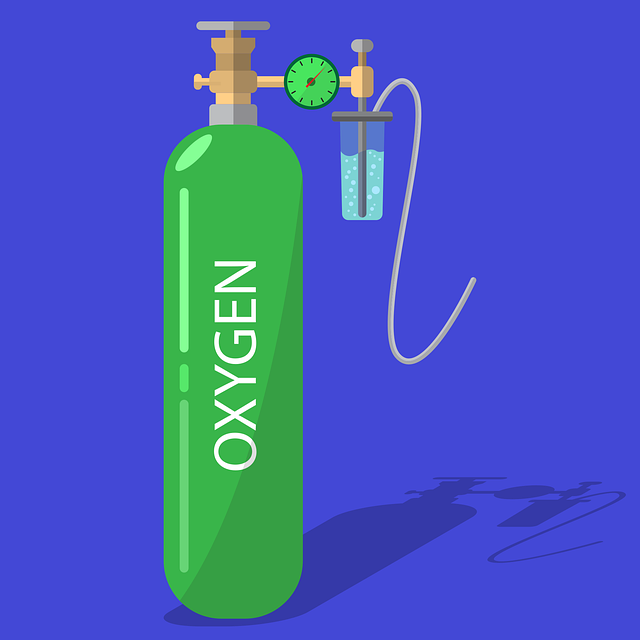Regenerative medicine relies heavily on advanced, non-invasive diagnostic tools like MRI, ultrasound, and CT scans, known as precision imaging. These technologies provide detailed insights into tissue structure, blood flow, and cell migration, enabling personalized treatment approaches. By visualizing complex body structures and monitoring healing progress, these diagnostic tools in regenerative medicine enhance clinical outcomes and improve patient satisfaction through regenerative imaging. This integration of advanced imaging technology is crucial for effective, precise regenerative diagnostic services and treatment planning.
“Revolutionizing regenerative treatments through precise imaging technology is a burgeoning field of medicine. As regenerative medicine seeks to heal and restore tissues, advanced imaging plays a pivotal role in achieving accurate, patient-centric care. This article explores the symbiotic relationship between these two powerful tools.
From understanding the unique imaging requirements of regenerative medicine to delving into non-invasive diagnostics, we uncover how high-precision techniques enhance healing outcomes. Additionally, we emphasize the integration of medical imaging tools into comprehensive regenerative diagnostic services.”
- Understanding Regenerative Medicine and Its Imaging Requirements
- The Role of Advanced Imaging Technology in Precision Treatment Planning
- Non-Invasive Diagnostic Tools for Efficient Patient Assessment
- Enhancing Healing Outcomes with High-Precision Imaging Techniques
- Integrating Medical Imaging Tools into Regenerative Diagnostic Services
Understanding Regenerative Medicine and Its Imaging Requirements
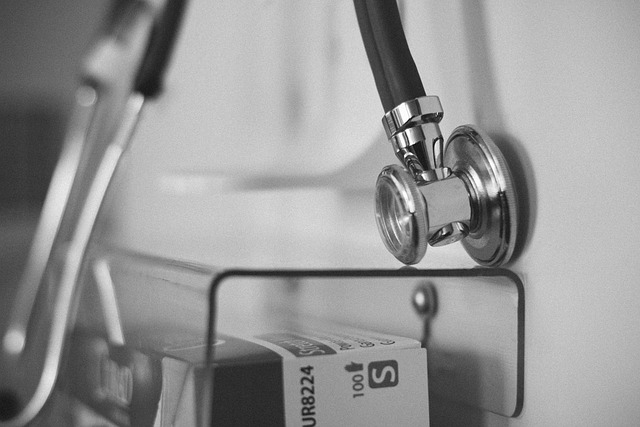
Regenerative medicine is an innovative field that aims to restore and replenish damaged or diseased tissues and organs, offering a promising approach to treatment for many previously incurable conditions. This cutting-edge discipline involves stimulating the body’s inherent healing capabilities by delivering cellular therapies, tissue engineering, and biomaterials. However, the success of regenerative treatments heavily relies on precise imaging techniques to guide and optimize these procedures.
Advanced imaging technology plays a pivotal role in regenerative medicine by providing detailed insights into the body’s intricate structures and processes. Non-invasive diagnostics, such as magnetic resonance imaging (MRI), ultrasound, and computed tomography (CT) scans, are essential tools for assessing tissue health, monitoring treatment progress, and identifying any potential complications. Precision imaging allows medical professionals to visualize blood flow, track cell migration, and measure the architecture of regenerated tissues, ensuring that treatments are tailored to individual patient needs. These diagnostic services contribute significantly to improving clinical outcomes and advancing the field of regenerative medicine overall.
The Role of Advanced Imaging Technology in Precision Treatment Planning
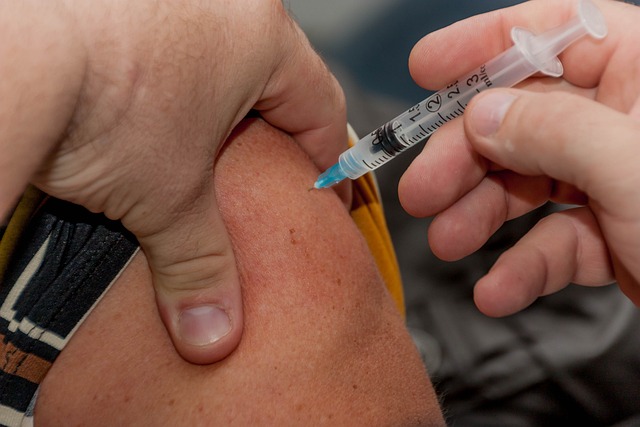
Advanced Imaging Technology plays a pivotal role in shaping the future of regenerative medicine by enabling precise treatment planning. These cutting-edge diagnostic tools, such as non-invasive imaging modalities, offer unprecedented accuracy and detail when assessing patients’ anatomical structures and physiological functions. With precision imaging, healthcare professionals can now visualize specific tissues, organs, or cellular levels, leading to more effective and tailored regenerative treatment plans.
Regenerative imaging techniques have revolutionized the way we approach medical care. Modern medical imaging tools provide a comprehensive view of complex biological systems, allowing for personalized medicine. This shift towards precision imaging in regenerative diagnostic services ensures optimal patient outcomes by identifying unique individual needs. As technology advances, the integration of advanced imaging into regenerative treatment planning will undoubtedly enhance success rates and improve overall patient satisfaction.
Non-Invasive Diagnostic Tools for Efficient Patient Assessment

In the realm of regenerative medicine, accurate patient assessment is paramount to designing effective treatment plans. Non-invasive diagnostic tools have emerged as game-changers, offering precise imaging capabilities that facilitate detailed analysis of patients’ physiological structures and functions. These advanced imaging technologies, such as magnetic resonance imaging (MRI) and ultrasound, enable medical professionals to visualise tissues, organs, and blood flow without the need for invasive procedures, thereby minimising patient discomfort and risk.
Regenerative diagnostic services leverage these tools to obtain high-resolution images that reveal critical insights into a patient’s condition. This enables personalised treatment approaches, where imaging data guides the selection of appropriate regenerative therapies, including stem cell treatments and tissue engineering solutions. By integrating non-invasive diagnostics into standard care protocols, healthcare providers can offer more efficient and precise regenerative treatment plans, ultimately enhancing patient outcomes.
Enhancing Healing Outcomes with High-Precision Imaging Techniques
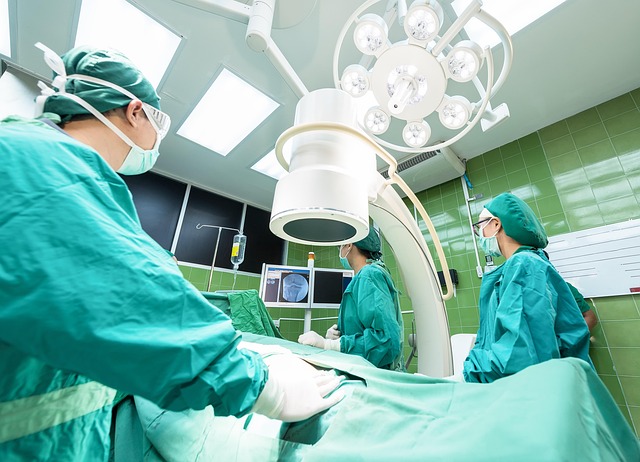
In the realm of regenerative medicine, where the goal is to restore and replenish damaged tissues, precise imaging plays a pivotal role in enhancing healing outcomes. High-precision imaging techniques offer an unprecedented level of detail, allowing medical professionals to create tailored treatment plans that target specific areas of damage while minimizing healthy tissue impact. These advanced imaging technologies, such as high-resolution MRI and ultrasound, serve as powerful diagnostic tools in regenerative medicine, providing clear visualizations of complex structures like tendons, ligaments, and soft tissues.
Non-invasive diagnostics have revolutionized the way we approach regenerative treatment plans. With medical imaging tools capable of detecting even subtle changes in tissue structure and function, healthcare providers can now make more informed decisions. Precision imaging enables early identification of structural abnormalities and facilitates the monitoring of healing progress over time. This not only ensures optimal patient outcomes but also streamlines the regenerative diagnostic services process, making it a game-changer in personalized healthcare.
Integrating Medical Imaging Tools into Regenerative Diagnostic Services
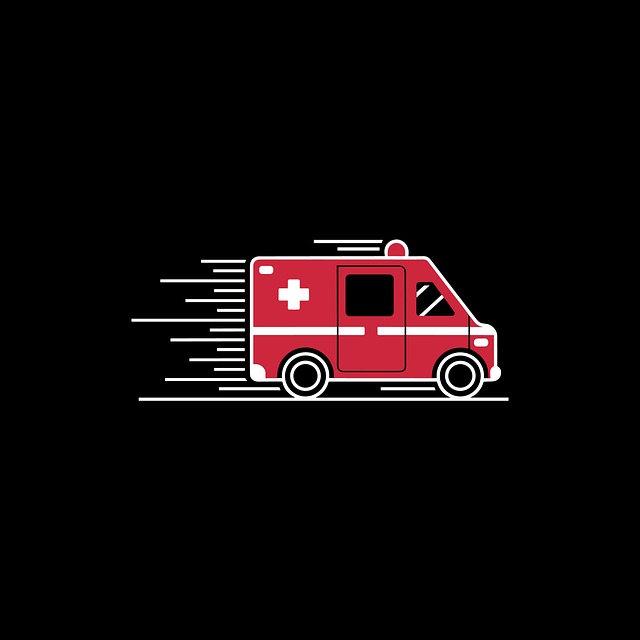
The integration of medical imaging tools has revolutionized regenerative diagnostic services, enabling healthcare professionals to gain unprecedented insights into tissue structure and function. Advanced imaging technology, such as magnetic resonance imaging (MRI), computed tomography (CT), and ultrasound, plays a pivotal role in both pre-treatment assessment and post-regenerative therapy monitoring. These non-invasive diagnostics offer high-resolution images, allowing for precise identification of areas requiring intervention and tracking the progress of tissue regeneration.
By combining advanced imaging with regenerative medicine, healthcare providers can tailor treatment plans with greater accuracy. Precision imaging helps in selecting the most appropriate cells, scaffolds, or growth factors for a patient’s specific needs, enhancing the effectiveness of regenerative therapies. This integrated approach promises to optimize outcomes and improve patient care in the rapidly evolving field of regenerative diagnostic services.
Advanced imaging technology plays a pivotal role in shaping the future of regenerative medicine by enabling precise treatment planning. Non-invasive diagnostic tools offer efficient patient assessment, enhancing healing outcomes through high-precision imaging techniques. Integrating these medical imaging tools into regenerative diagnostic services is crucial for personalized and effective care. By leveraging the capabilities of advanced imaging, healthcare professionals can optimize patient outcomes and redefine the landscape of regenerative treatments.
